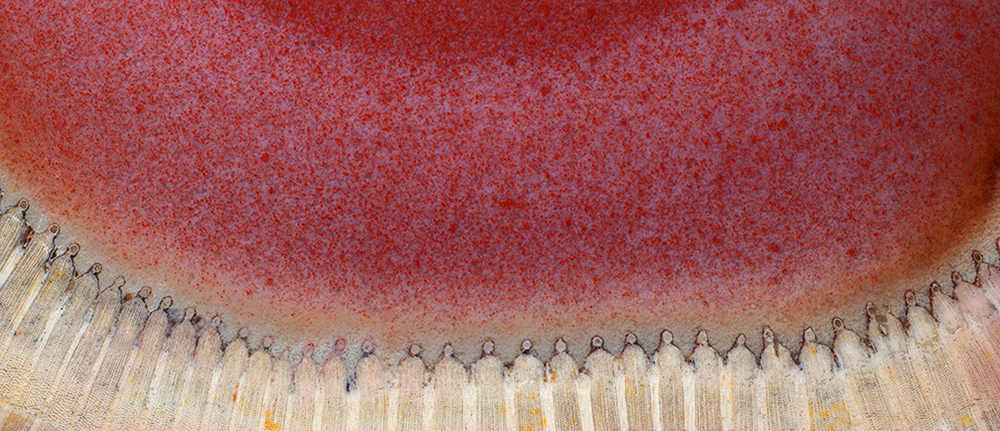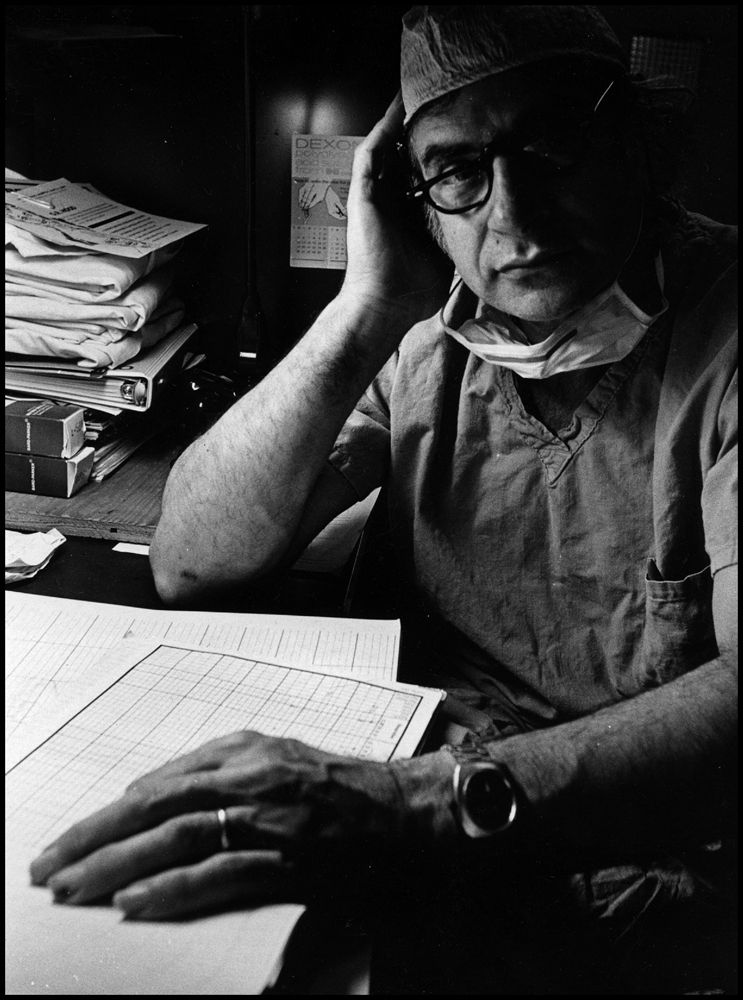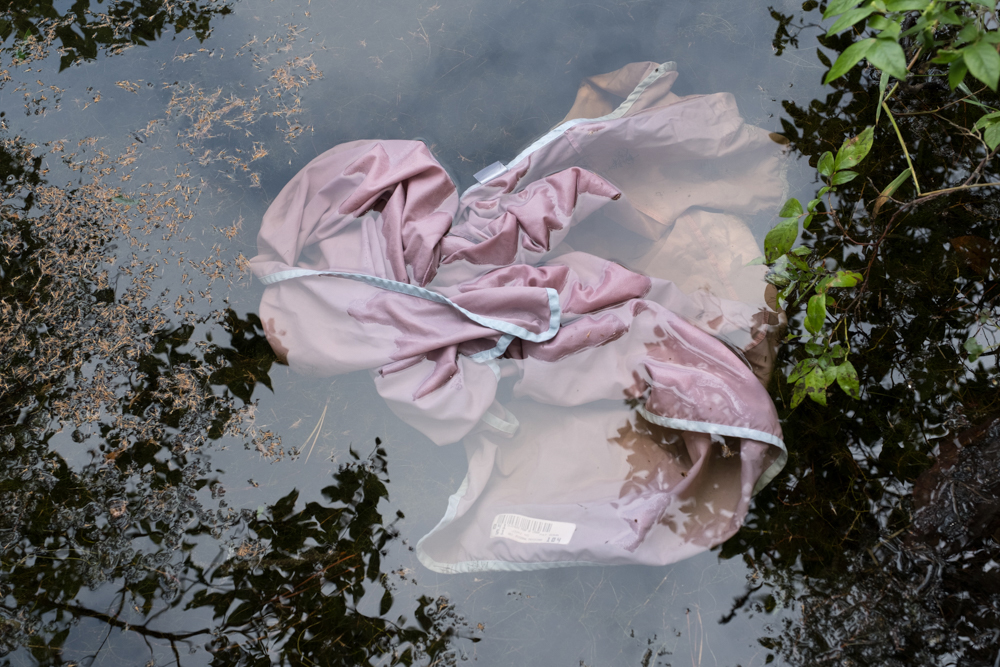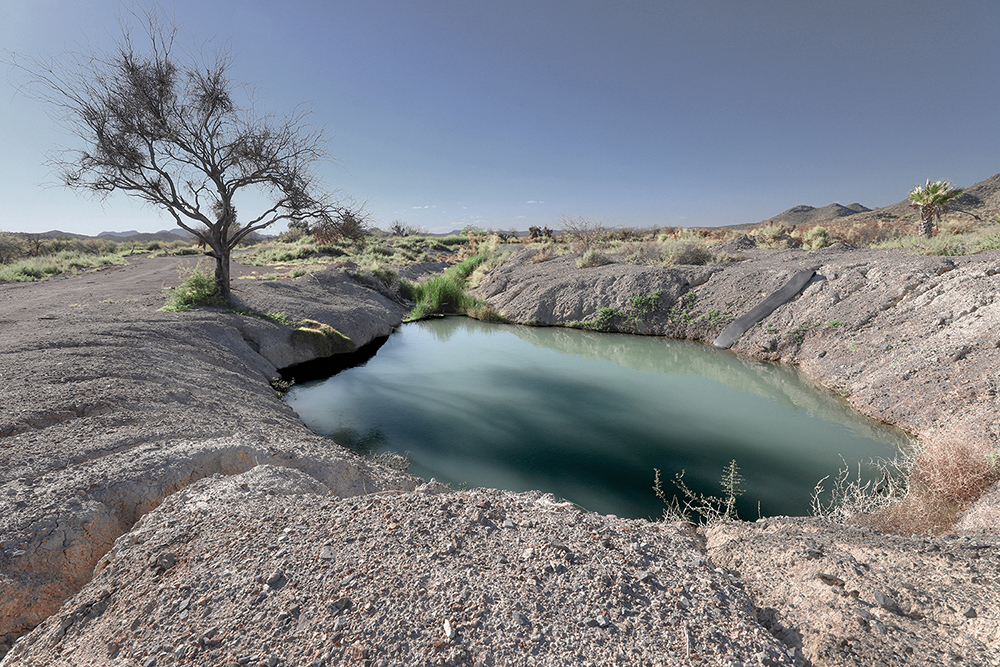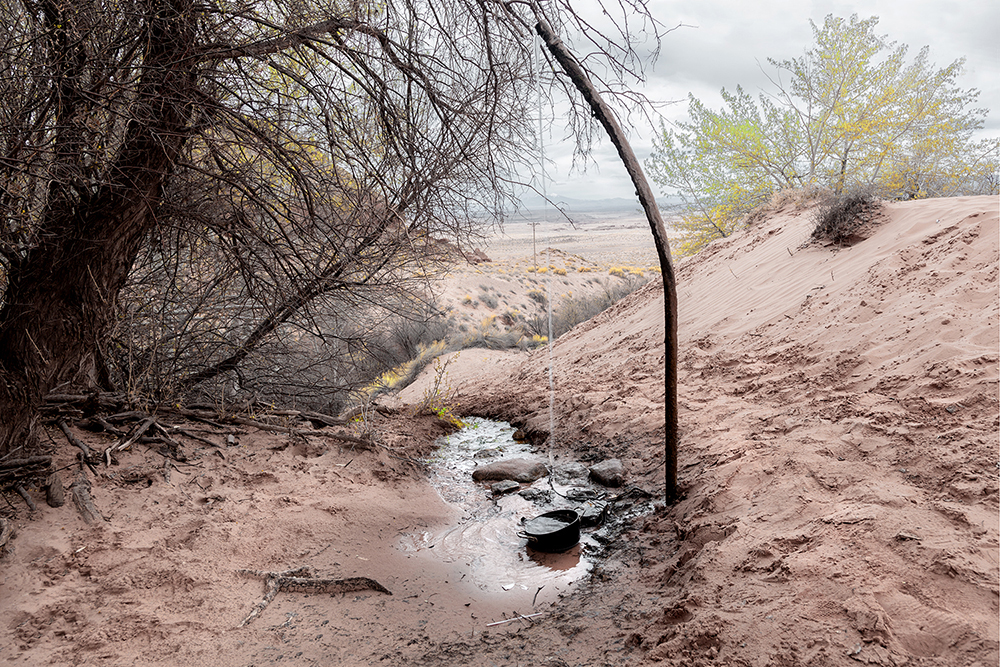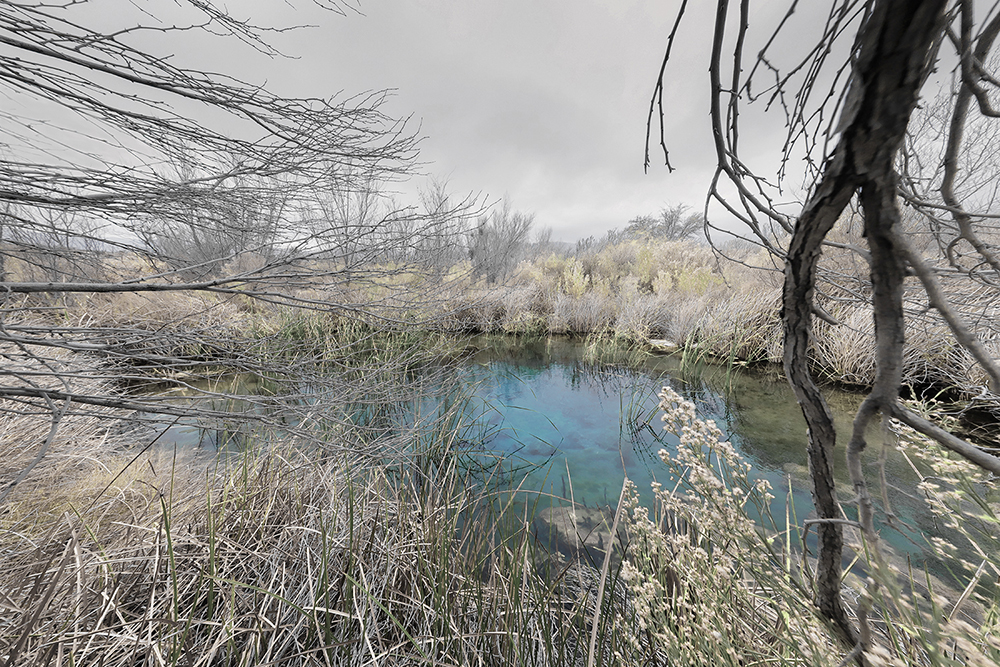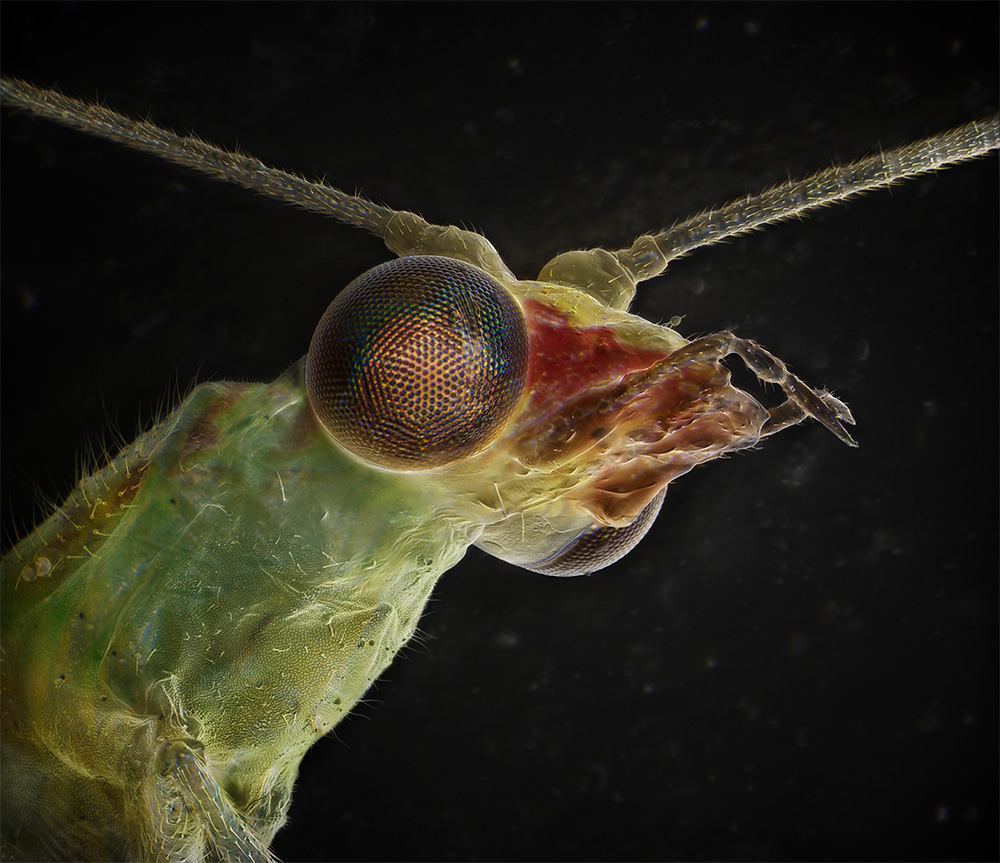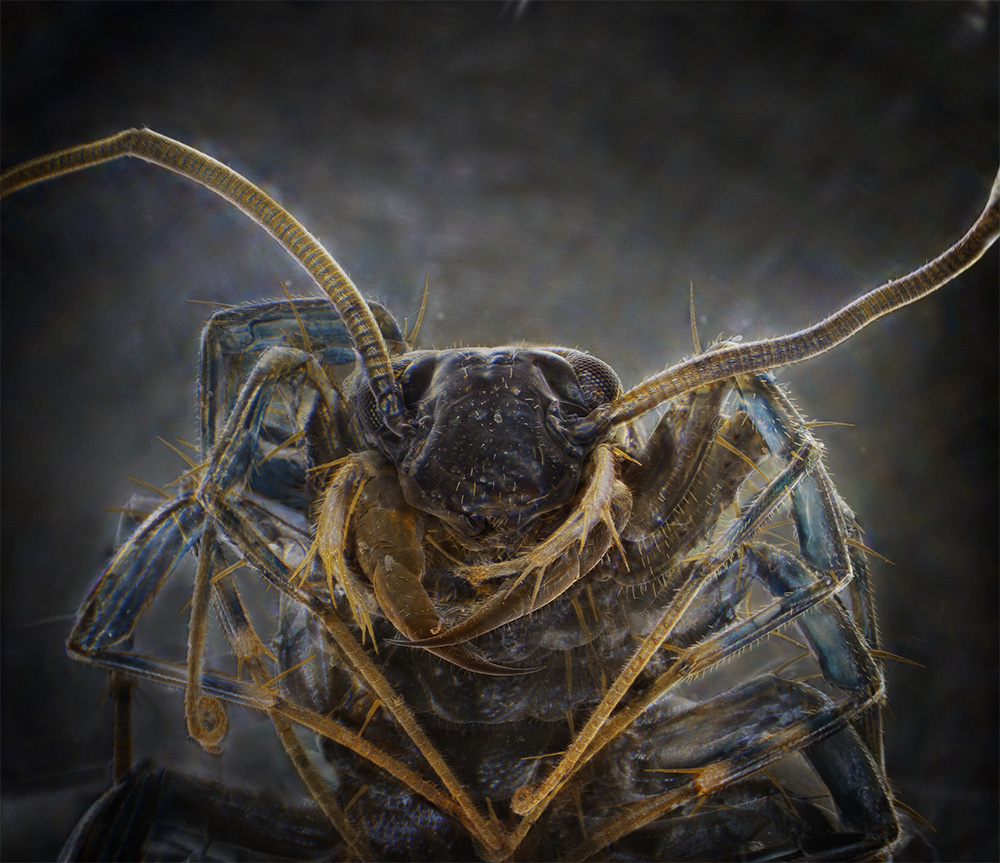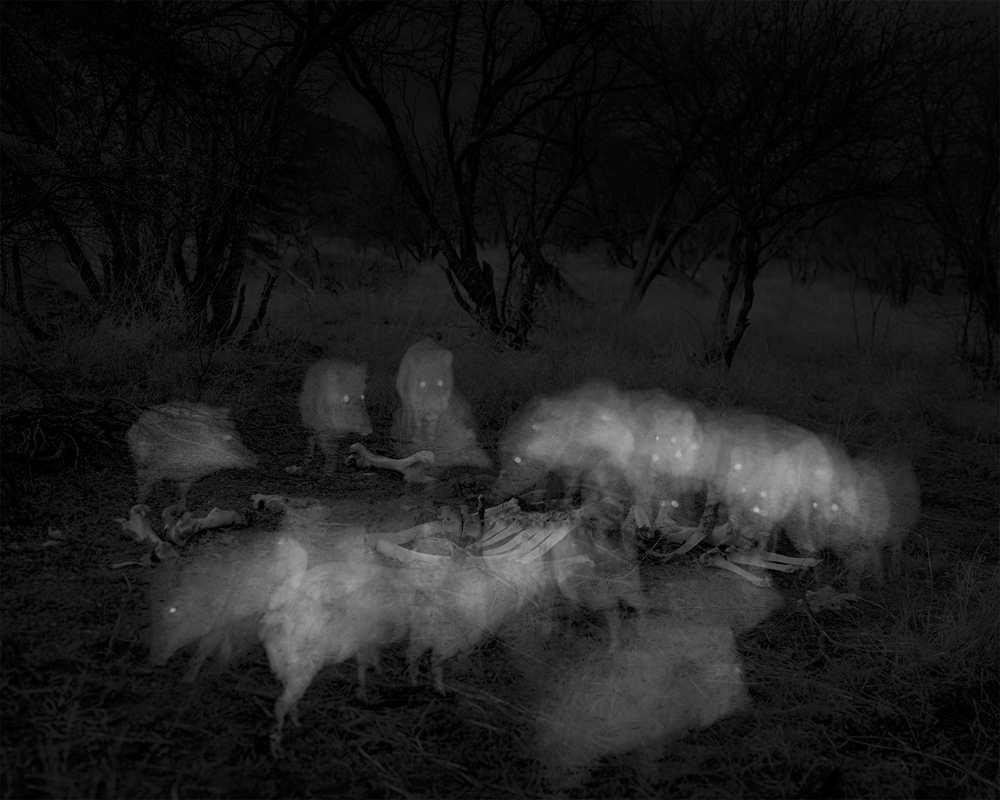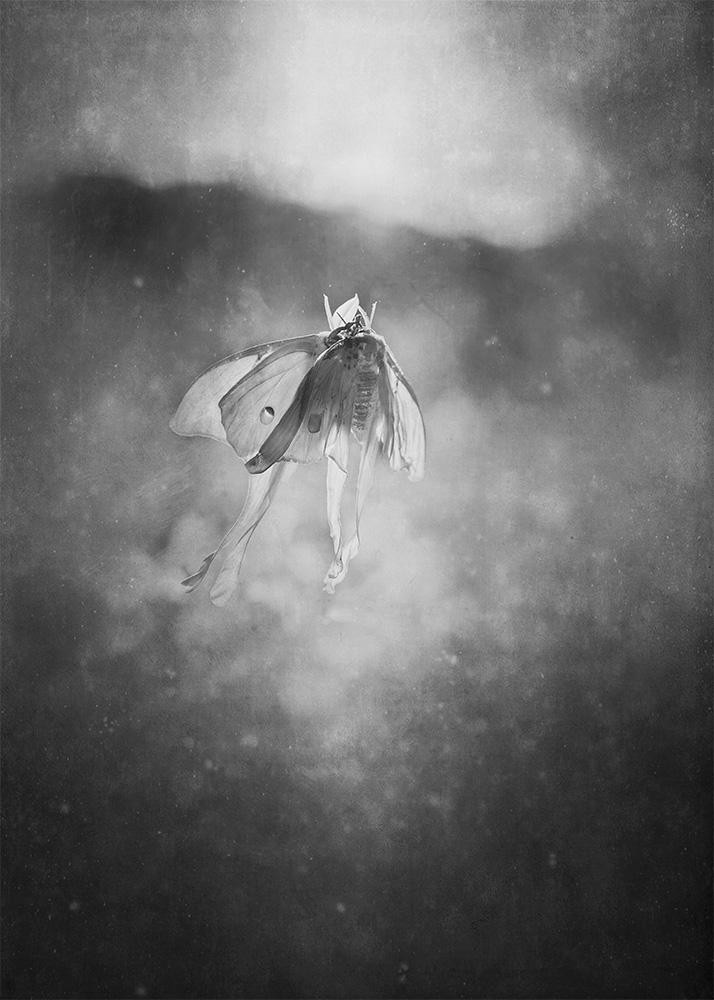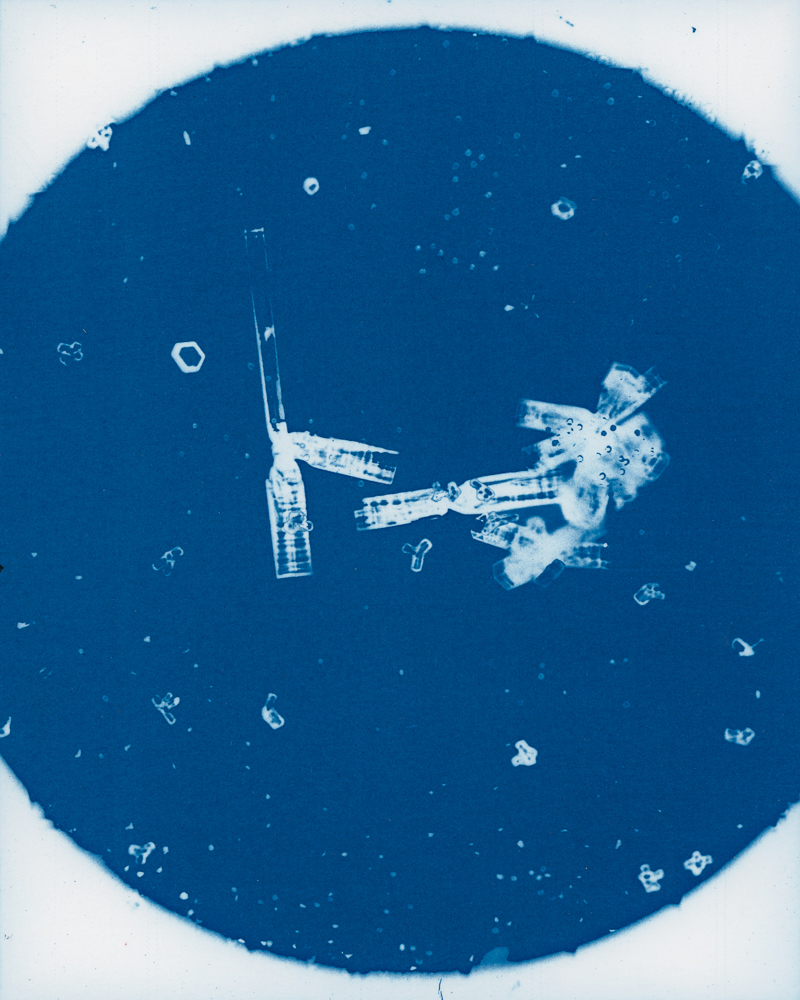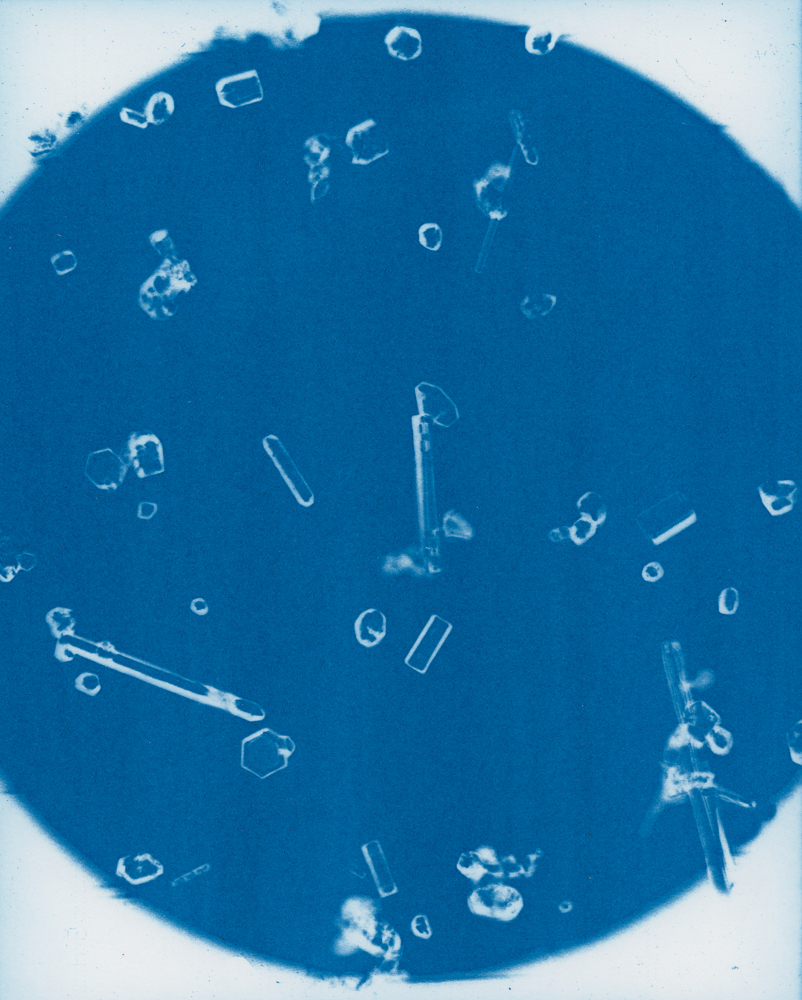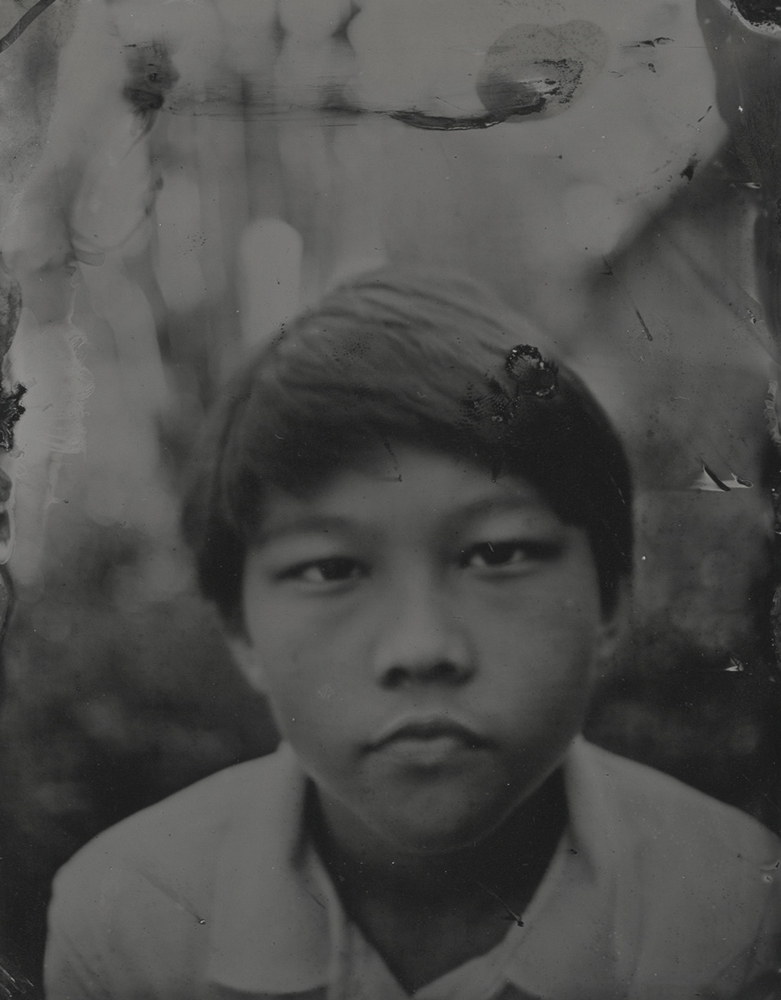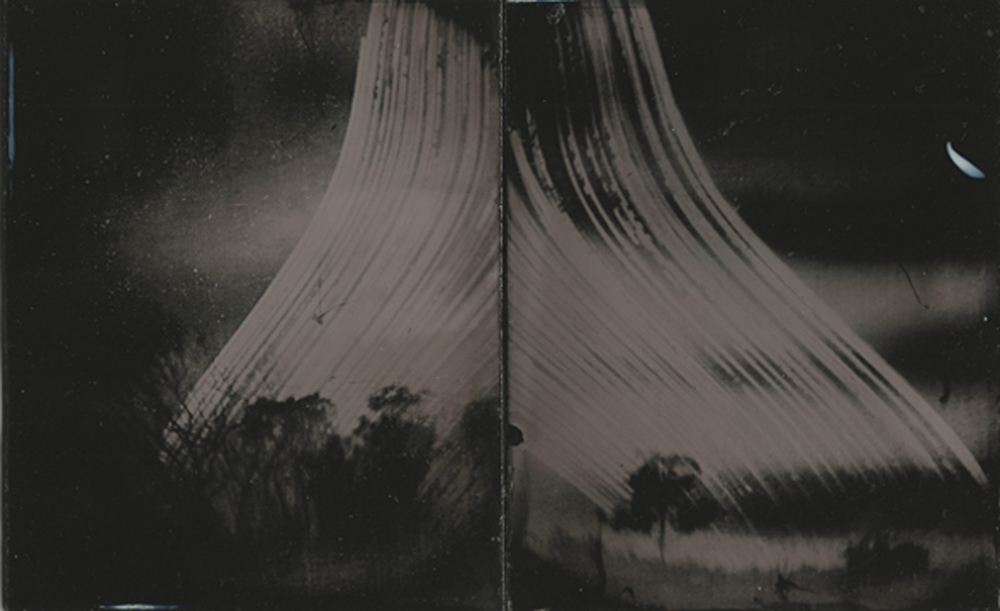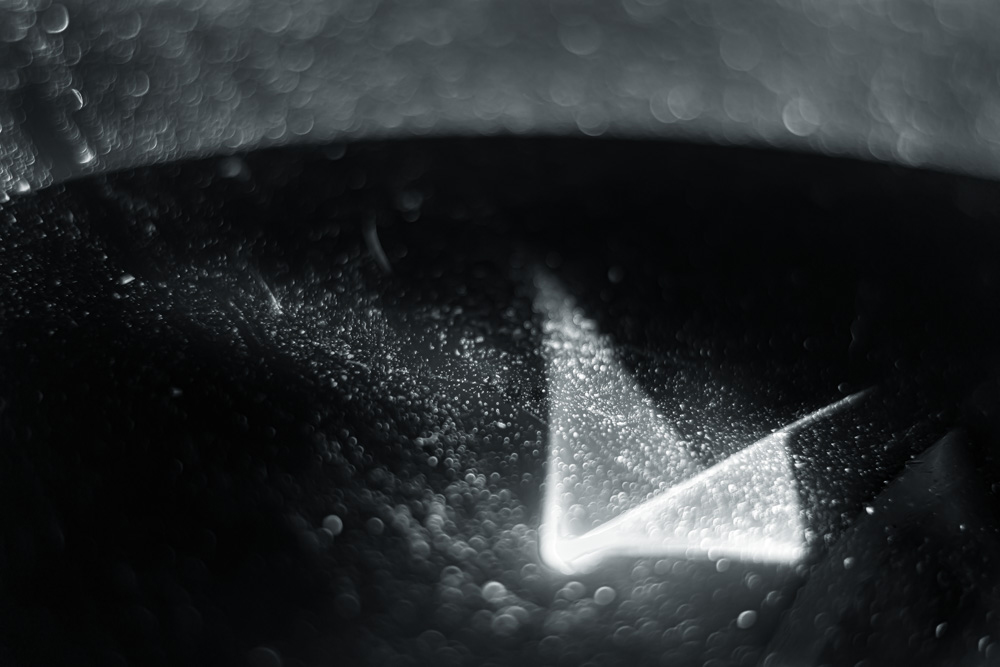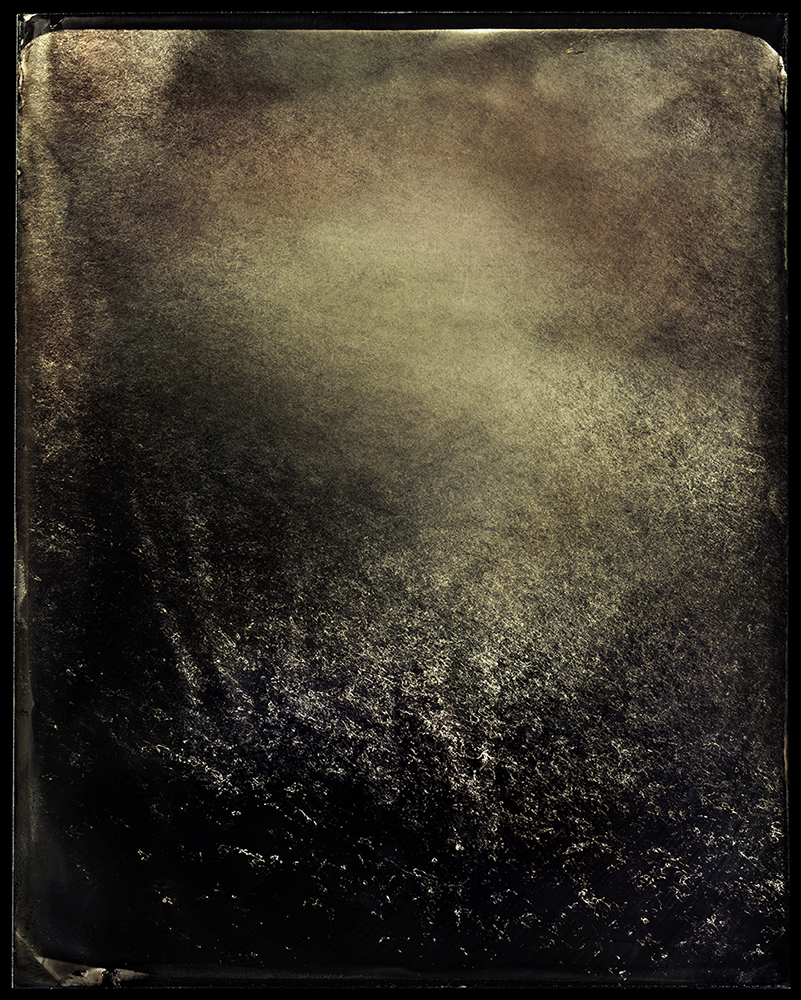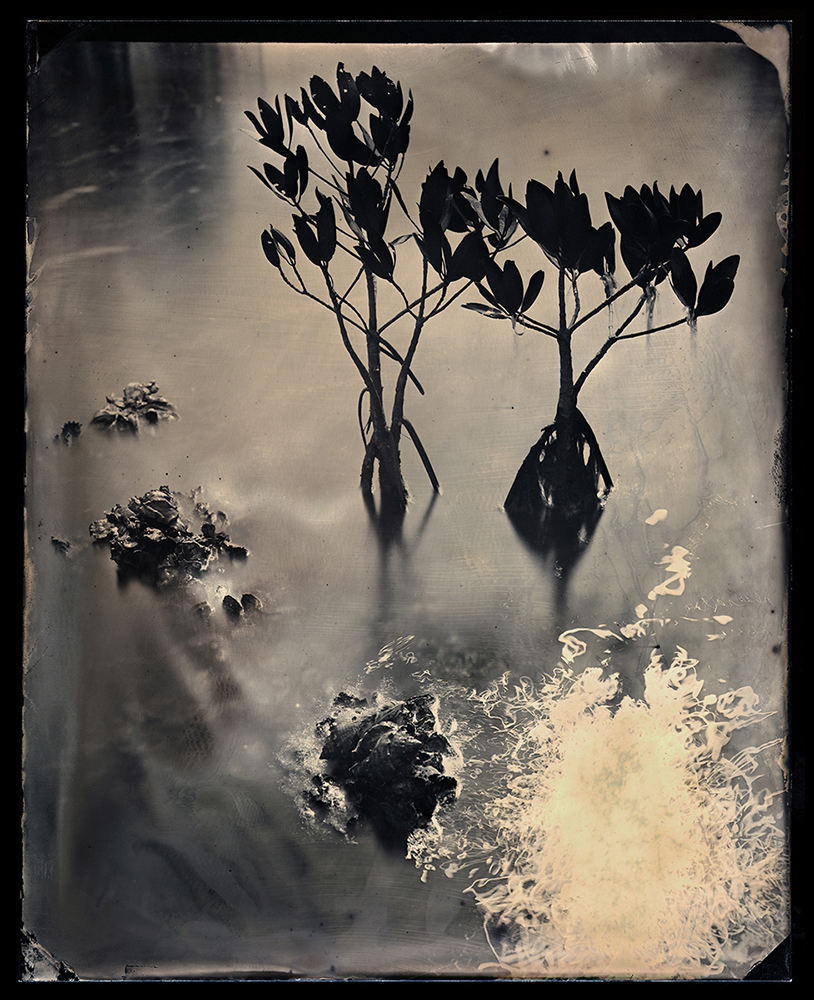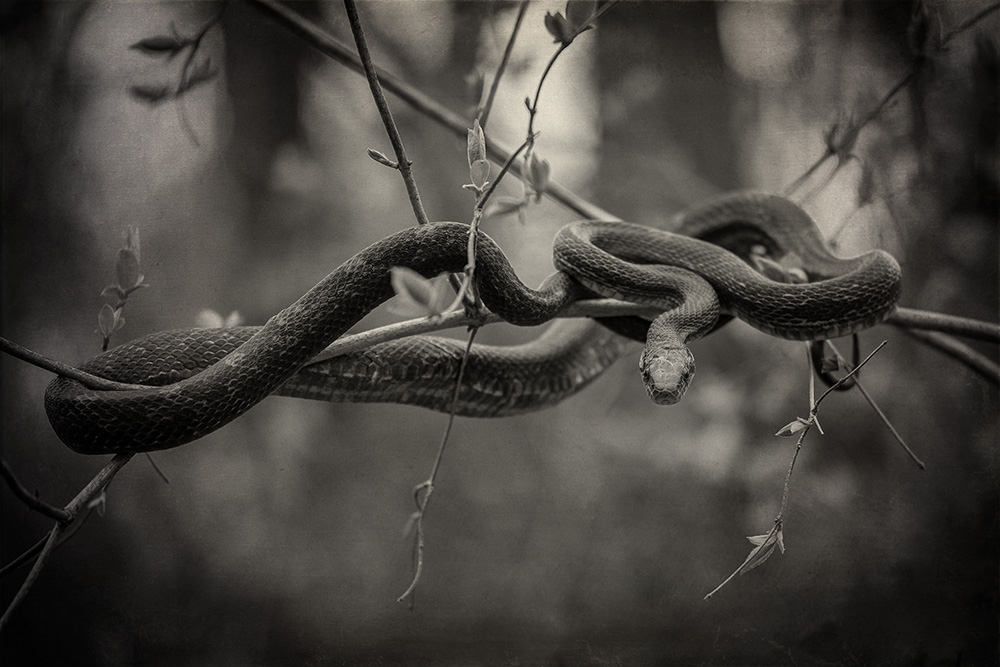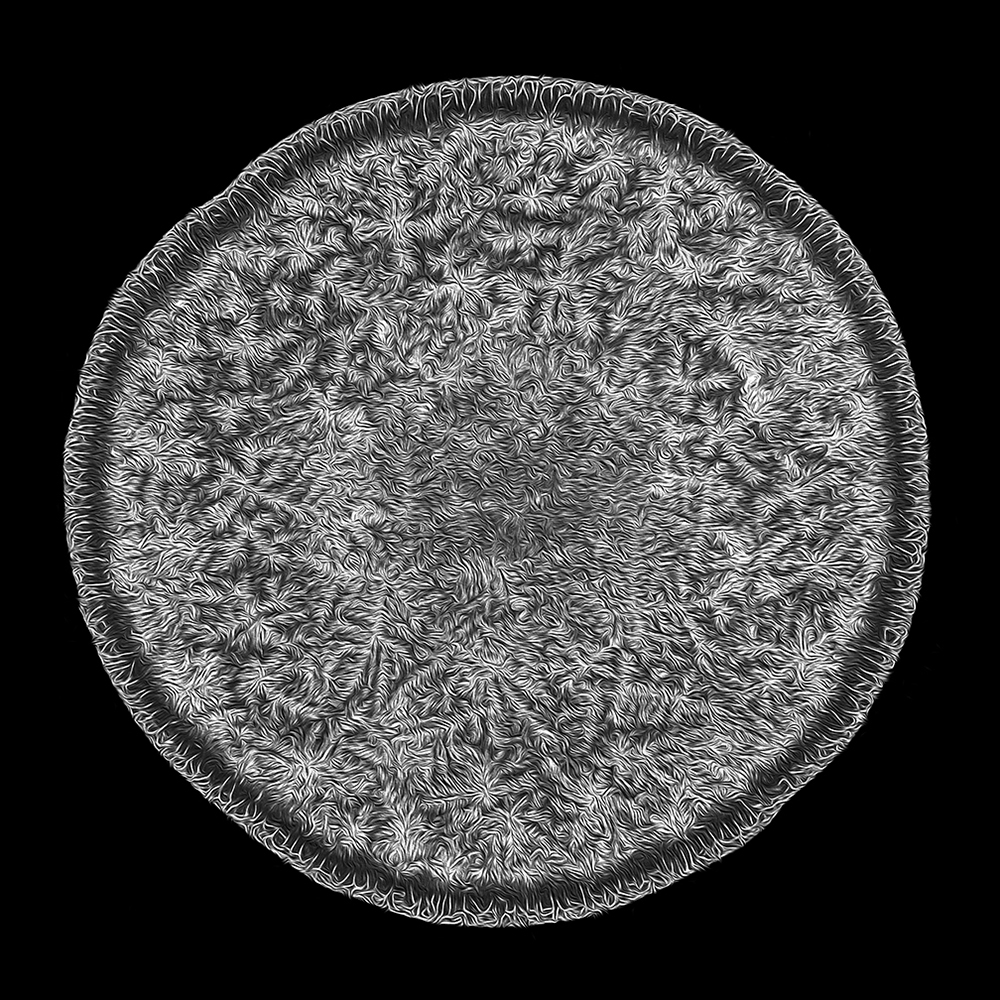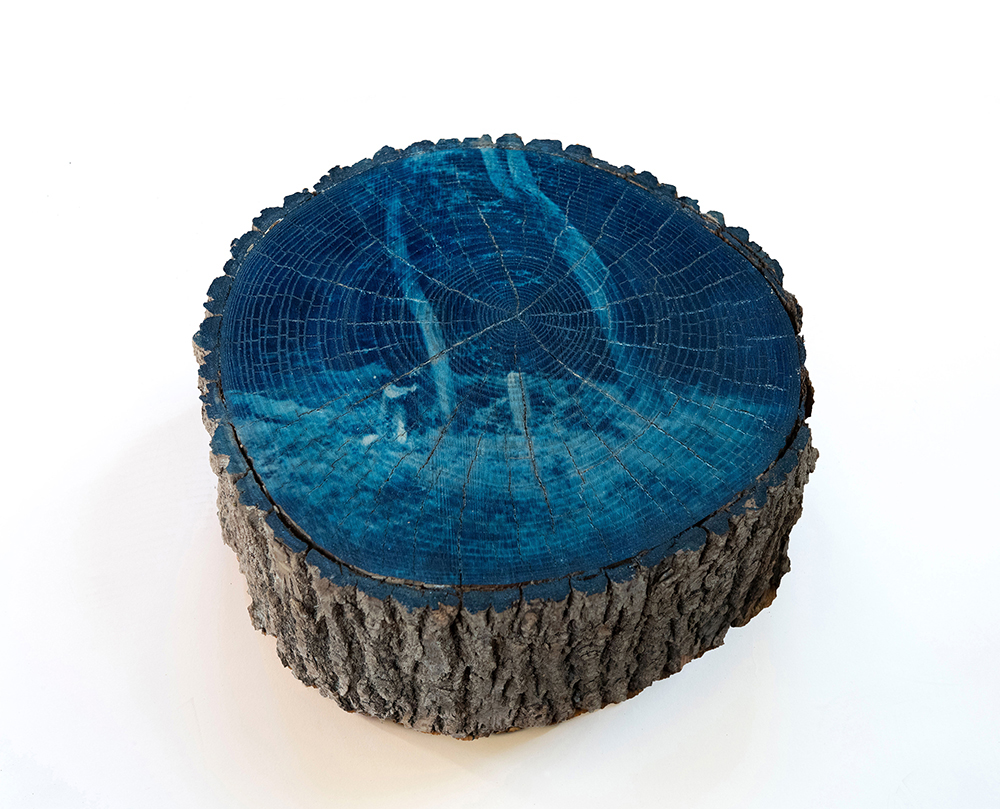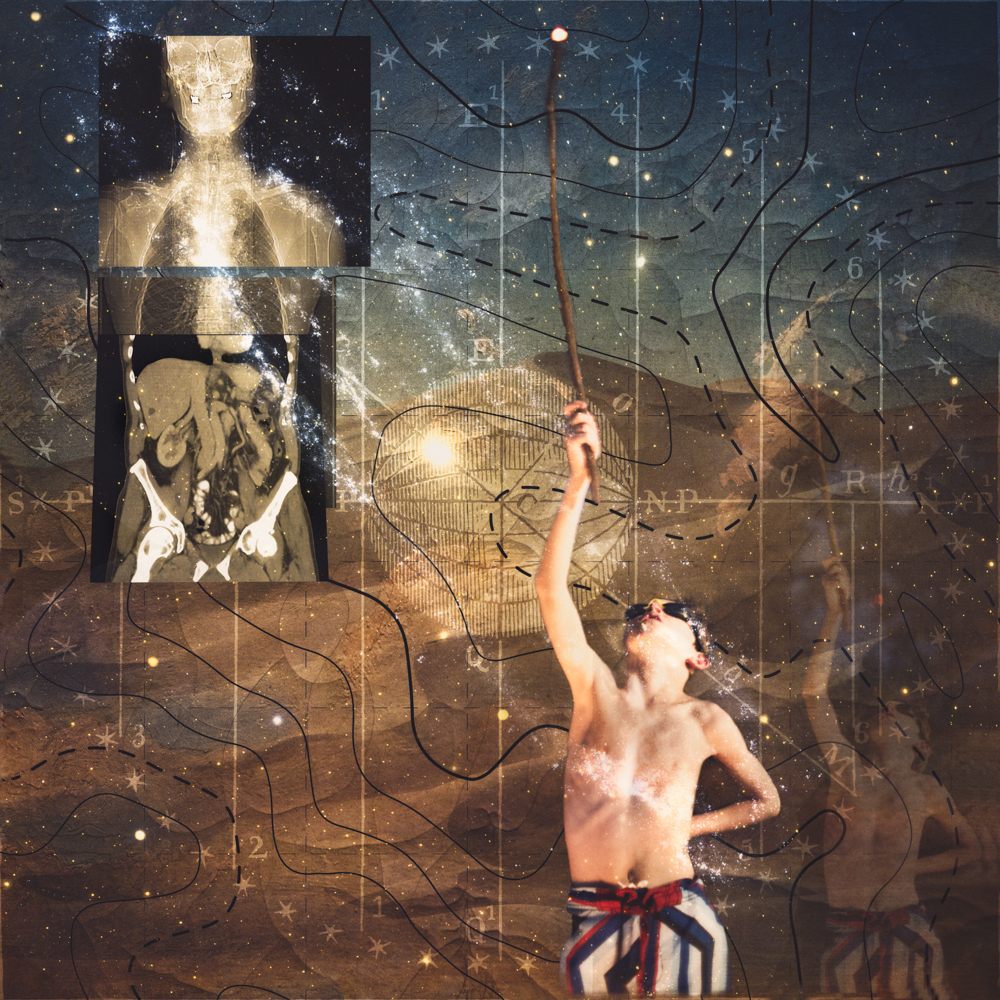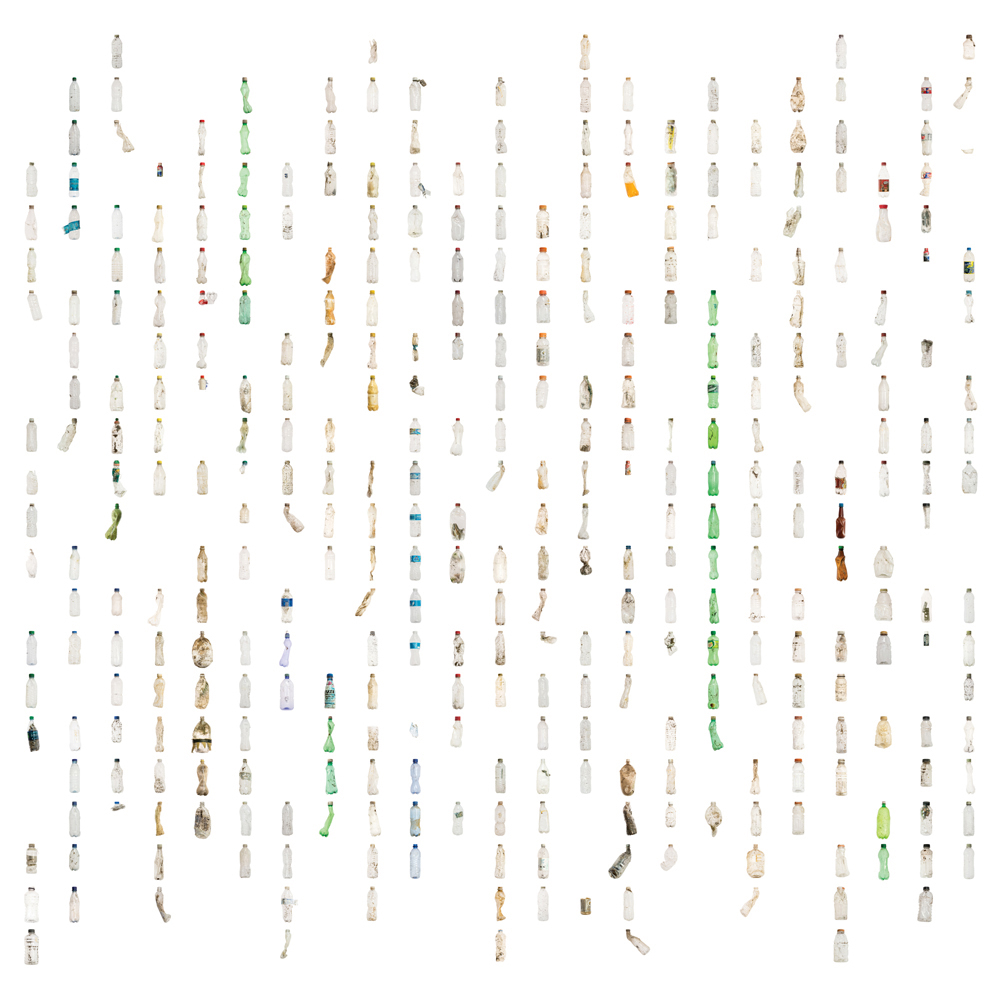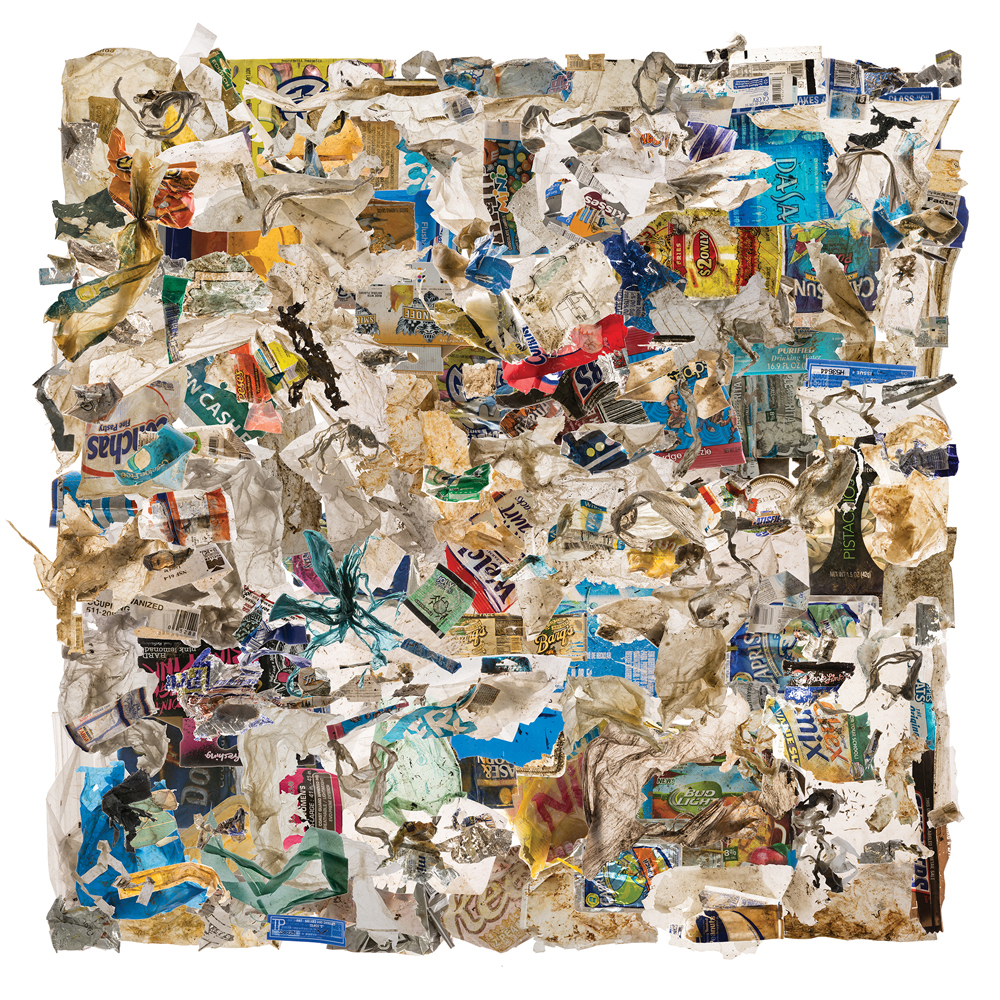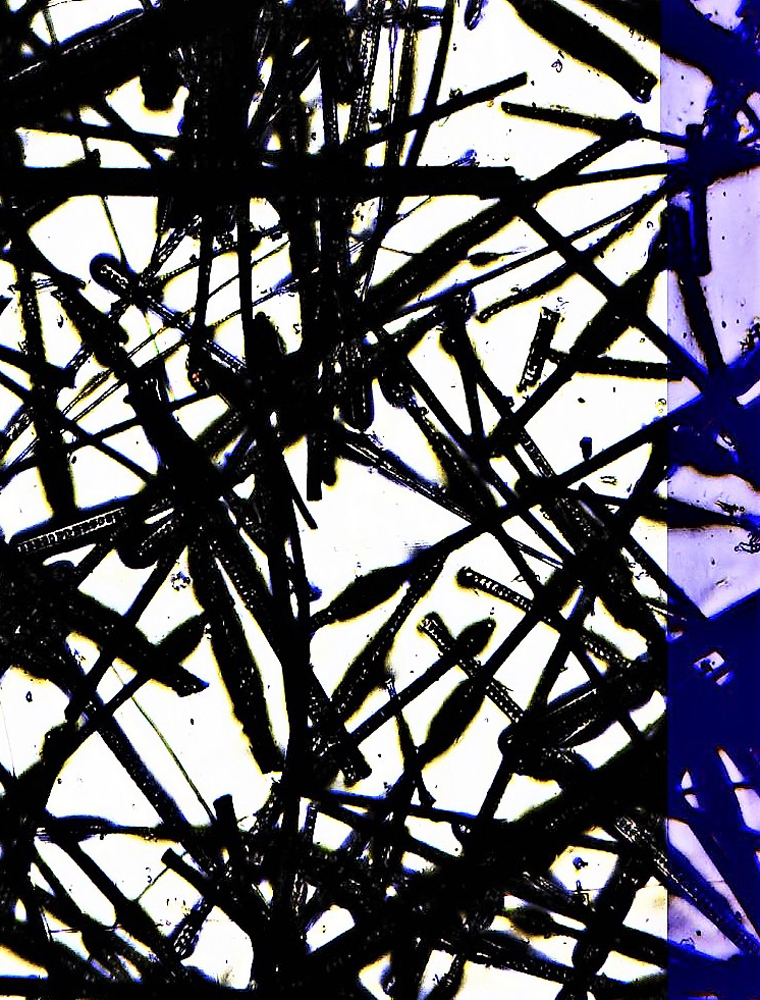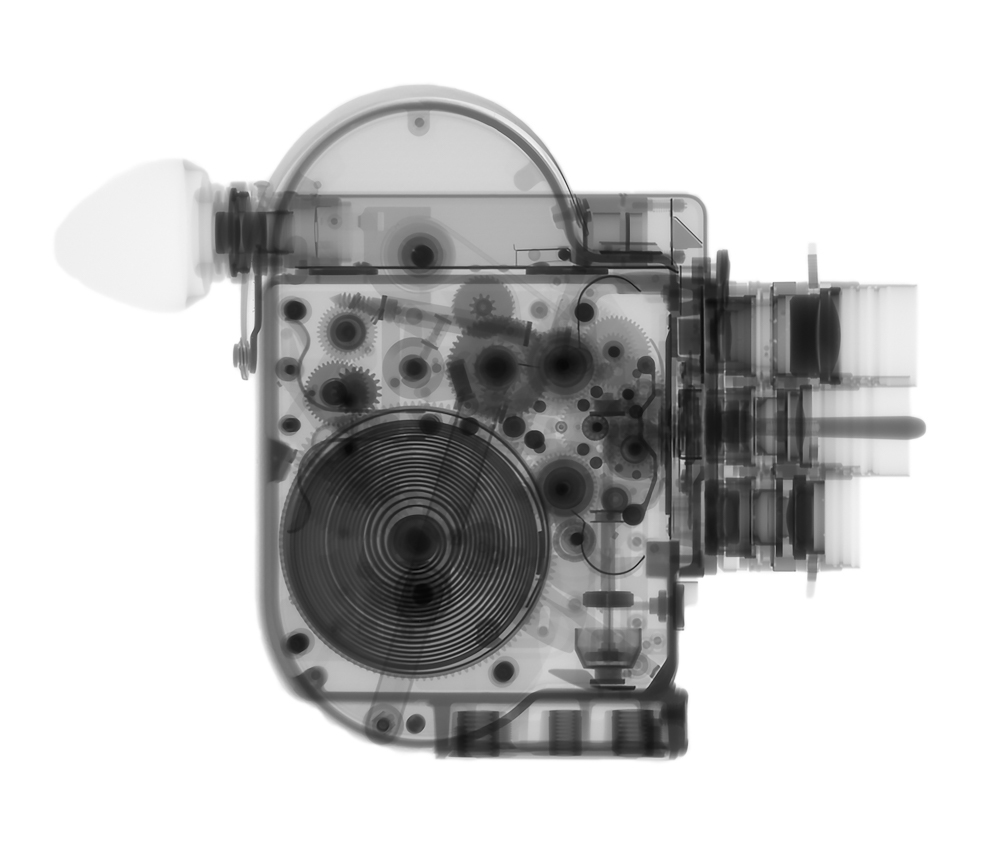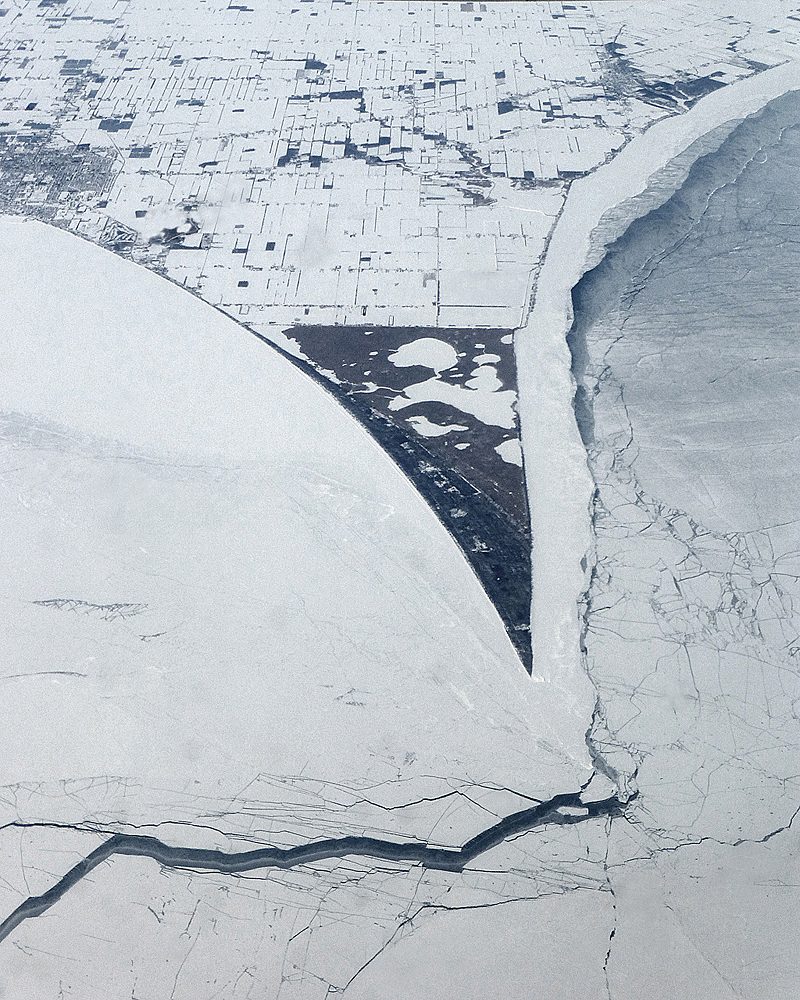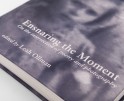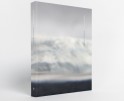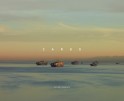Art + Science II: The Exhibition
There’s an inherent duality within the fields of art and science. Neither is right; neither is wrong. Rather, they are merely two fundamentally different ways of looking at the world. Yet there’s much to be gained by thinking about art and science within the same arena. The friction that results from their differences creates an energy that can offer new ways to consider thought processes, or a more broad and informed perspective.
The 33 photographs I chose for inclusion at A Smith Gallery’s exhibition Art + Science II are unified by the concept of dualities. This is not in reference to the dualities of art and science per se, but rather to the dualities in interpretation and meaning.
For instance, when I asked Norm Barker to describe what the photograph “Calamites” represents, his answer included a detailed explanation that it documents a fossilized plant from the species Arthroppitys bistriata. He also added that the white at the bottom represents the xylem and the reddish color above represents the center of the stem, which has been filled with quartz that over time has been colored pink by iron. Yet to me, I envision people standing close together, side by side, encircling a blood red sky. For you, there’s another interpretation. Perhaps it’s the in between knowing and feeling that sparks imagination and innovation.
Some of the photographs are much more literal. For instance, the photograph by Mark Taylor entitled “On Call” and the photograph by Nancy Nichols entitled “Hospital Gown in Water” address science by focusing on medical related subject matter, yet also raise questions about the underlying emotional components of our health care systems and providers.
Bremner Benedict’s series Hidden Waters/Desert Springs addresses the impact of climate change on the survival of desert springs, with the intent to raise public awareness to the potential of water scarcity.
Many photographs in this exhibition, including work by Daniel Kariko, Jo Fields and Alex Turner turn to natural sciences, investigate the seen and unseen. The detail of Kariko’s portraits of insects, from his series Suburban Symbiosis offer a unique perspective that is not only invisible to the human eye without the aid of technology, but gives reference to the portraiture tradition of the 17th Century Dutch Masters. In Tumer’s photographs from his series Blind River, he uses infrared imaging technologies to shed light on sociopolitical and environmental concerns that exist in the borderlands of the American Southwest.
Ellen Sollod was fascinated by the beauty and mystery of the source images of ice crystals photographed through an electronic microscope by scientists Steve Warren and Von Walden. With the scientists’ permission, Sollod created a unique translation of their field work using cyanotypes. With an ephemeral approach, the photographs in her nontraditional artist book entitled “Field Studies: Ice Crystals of Antarctica” depict the fleeting elements of ice crystals.
Some of the photographs were selected for the emotional component. Whether the scientific element stems from the use of materials or subject matter, this group of photographs brought my mind to a place beyond intellect, offering my mind a time for contemplation; allowing formal elements of color, form, movement, and texture to guide my imagination.
Art + Science II creates a synergy uniting logical and creative thinking, offering a view to the invisible threads that connect us to each other and to the world in which we live.
Posts on Lenscratch may not be reproduced without the permission of the Lenscratch staff and the photographer.
Recommended
-
Aaron Rothman: The SierraDecember 18th, 2025
-
Linda Foard Roberts: LamentNovember 25th, 2025
-
Leah Ollman: Ensnaring the MomentNovember 2nd, 2025
-
Tristan Duke: Glacial OpticsAugust 1st, 2025
-
Richard Misrach: CargoJune 8th, 2025


